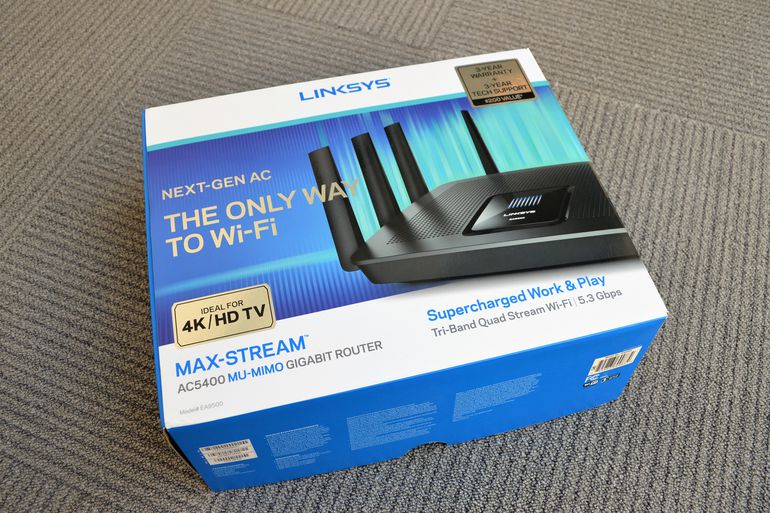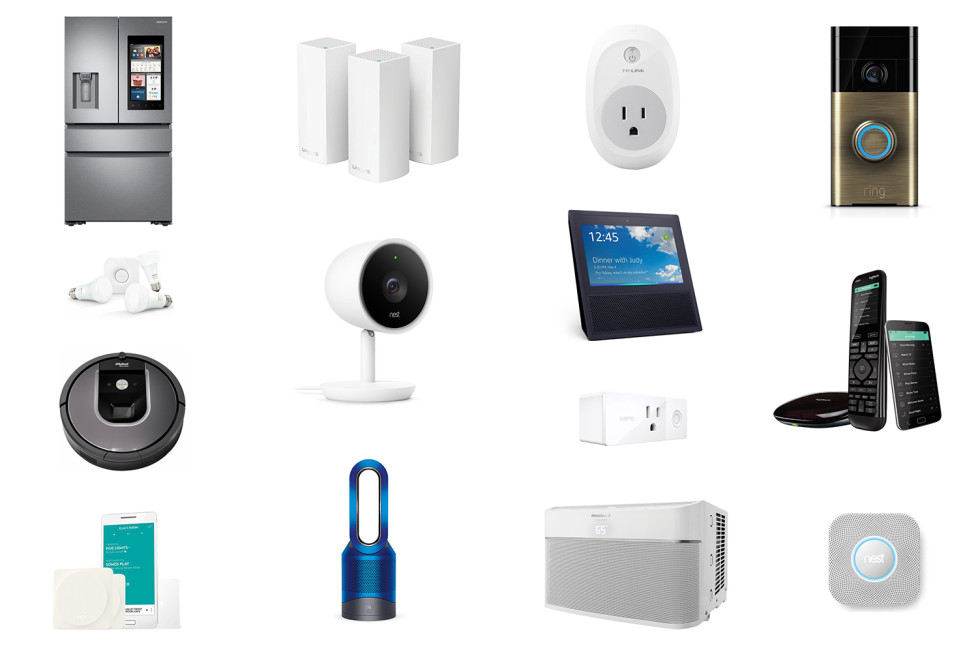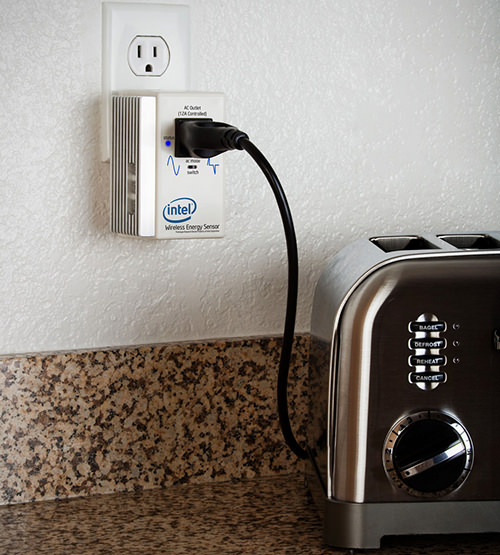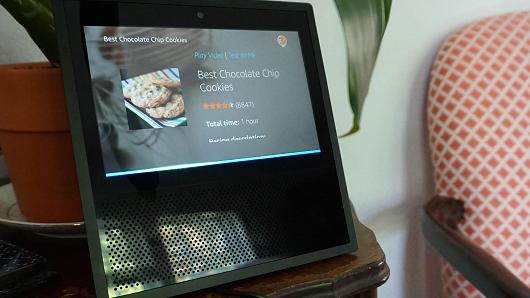
The internet of things (IoT) is all around us. It’s now just about feasible for all of the devices in your home to be connected online and to talk to each other. These devices should also be self-updating, supporting varying levels of AI, and able to respond to your needs according to your programming. And while this technology is arguably still in its infancy, it’s already possible to put together the ultimate smart home that can be adapted and updated as and when new possibilities are made available.
Setting up your network

Your router isn’t as fast as you think it is. Here’s why
Your home network is your basic infrastructure, connecting all your devices to each other with a central hub allowing you to oversee their functions. You may even have more than one home network running simultaneously, depending on your requirements. Currently there are different options available as to how to achieve this. Wi-Fi and Bluetooth networks are the most common, but are not always the most efficient. Bluetooth only works across short distances and Wi-Fi is extremely resource intensive. The alternatives include using radio waves and/or wired connections to let your devices communicate with each other.
No doubt in the near future one method will win out and become the standard, but in the meantime, go with the one that makes the most sense to you, or a combination.
The brains of the operation

Yes, the smart home still needs a smart hub
Your smart hub is the central brain that powers the network and oversees all of your devices. Voice activated and AI enabled, you can personalize your hub with a smart home assistant. Think of this little device as your virtual head butler that will instruct all of your other appliances on your behalf. Whether you want to turn on the washing machine at a certain time, dim the lights, or activate the air conditioning, your wishes are quite literally your assistant’s commands.
Keeping control

20 smart home products you can control from your phone
You can stay in charge of your network via your smartphone just by downloading the appropriate app; but what if you lose or misplace your phone? As an alternative how about considering a smart watch that lets you control and monitor all of your systems and processes with just a tap on your wrist.
While we’re talking about keeping control and managing your devices, as well as installing a smart firewall it’s definitely worth taking out a home buyer’s warranty to protect your smart devices, especially if you’re buying a first home. Ultimately, whether your new home is based in Kentucky, Florida, or California, investing in a home warranty plan can safeguard your appliances and devices and can help to reduce the cost of any repair work. Above all, home warranty providers help homeowners to get in touch with local repair professionals and technicians and this can make a huge difference when someone needs an appliance repairing quickly. Your home insurance only covers unexpected damage or loss, and guarantees only last so long, but a California home warranty covers your systems and appliances against breaking down due to general wear and tear.
The Basics

5 Things To Consider Before Wiring Up Your Smart Home
Home security, lighting and heating should be the first smart circuits you attend to. Surveillance cameras are available with two-way audio, sound-triggered or 24-hour recording capabilities and options to store footage either on a local USB or in the cloud. You can of course tune in to your cameras on your phone whenever you feel the need. Security also means smart locks, so you never need to worry again about losing your keys or leaving them under the mat for a guest. Simply set a code and store it in your phone, sharing it when required.
Wi-Fi enabled lightbulbs can be turned on and off remotely and you can also control the brightness and even the color. They can also intelligently adapt to your habits and turn themselves on and off, up and down, when needed. Similarly, a smart thermostat can learn your habits and comfort requirements and heat your home intelligently to save you money.
The Next Step

Building a Smart Home With Apple’s HomeKit
Once you’ve dealt with these essentials you should get your work and entertainment needs set up by connecting your various computers, televisions and home entertainment systems. Now we move into the kitchen. A smart oven will weigh, monitor and cook your food for you, having first double-checked that what you’ve put in is what you think it is, and enquiring how you’d like it cooked. Saucepans, kettles, toasters and other appliances will soon display the same levels of intelligence and capability, even accessing recipes online to become virtual chefs as well.
A Clean Sweep

The Amazon Echo Show is the best smart home assistant you can buy
Not only will you have a head butler in the form of your smart home assistant, you’ll also have virtual maids and gardeners. Robot vacuum cleaners connect to your smartphone, sending you detailed cleaning reports and maps of the areas they’ve covered. They can also be voice controlled. Robot mops and lawnmowers operate on similar principles, while sensor-enabled lights, sprinklers and heating devices in the garden track soil conditions, temperature and moisture levels.
The future is smart, and you can begin getting your home ready now. Technology won’t stand still, but by building your ultimate smart home today you can be ready to update and upgrade as soon as it becomes possible.




